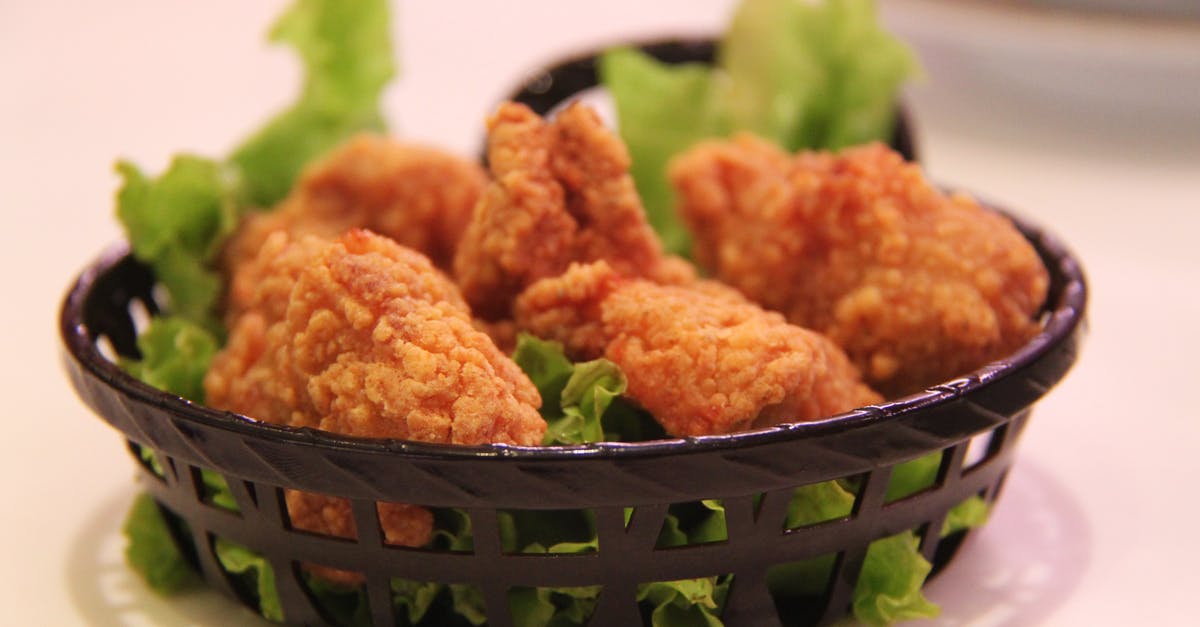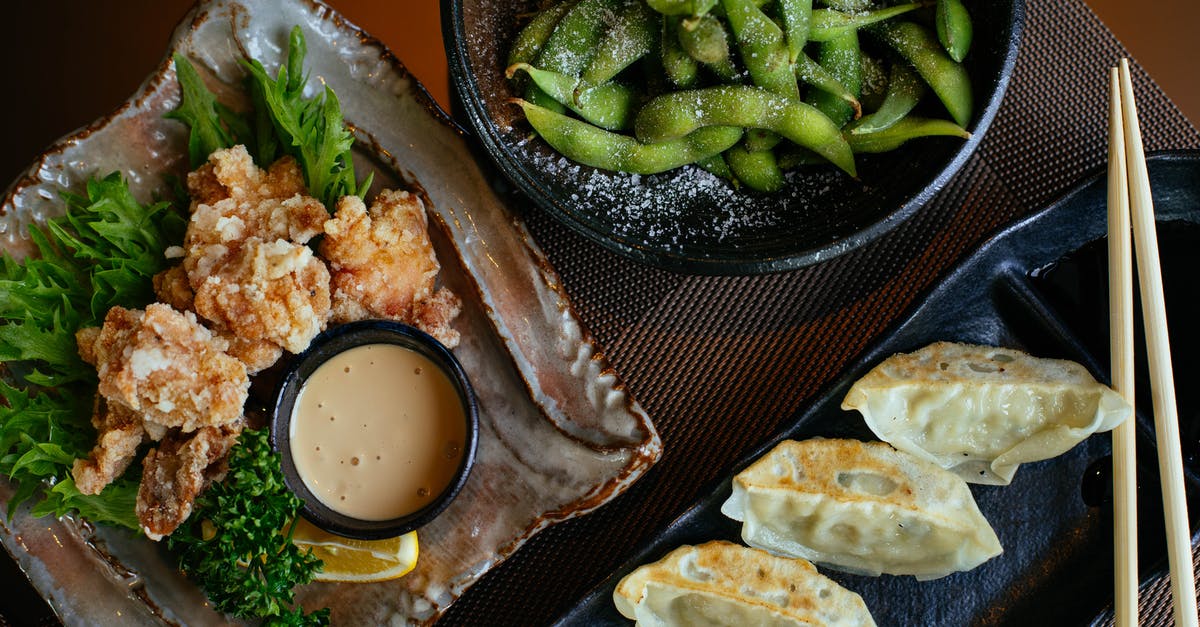Questions about battering and frying chicken

I like to fry up chicken occasionally and I've used a few different methods over the years. Typically my recipe is something like:
- Place milk or egg in one dish
- Place a flour mixture in another
- Drag chicken through liquid, then through flour, then fry up.
It usually turns out pretty well, but I was hoping to get some clarification on what some variations on this recipe do - so:
Some recipes call for dipping the chicken in egg before coating with flour while others call for milk (or butter milk).
- What is the difference between these two?
- Can I mix the two together and use that - if so, how would it be different than using just one?
- Does it matter if I soak in the liquid for hours or do i just need to get it wet so the flour will stick?
I've seen some recipes that call for dipping in egg and flour twice. I'm assuming this just makes the skin crustier?
- If I want an even thicker crust could I go even more than twice or will the batter just start falling off while frying if there is too much on there?
It can be sort of a time consuming process and I've wondered about doing some of the prep work the night before I cook.
- Is it possible to egg wash and dredge in flour and then store overnight?
- If so, does this affect how the chicken fries up?
- If so, what is the proper technique? I'm concerned that if I had a bunch of battered chicken breasts that were stacked on top of each other the batter might peel off when I tried to separate them the next day.
I realize that I could probably figure this out through trial and error, but was hoping to figure it out without wasting any food. Thanks for any help!
Best Answer
Some recipes call for dipping the chicken in egg before coating with flour while others call for milk (or butter milk).
Egg provides a lot more protein and will produce a thicker, more stable crust. Milk is obviously much thinner, contains much more water, and won't cling to the meat as much. Buttermilk is a cultured product that's thicker than plain regular milk (more like a thin yogurt) and clings more heavily to the meat than plain milk.
You should also consider other options for breading. Seasoned flour is fine if that's what you want, but various other ingredients are often used. Because wet ingredients like milk or egg don't stick well to moist meat directly, the meat is often dredged in flour first, then dunked in milk or egg, and then dredged in seasoned breadcrumbs, panko, cornmeal, crushed corn flakes, or other dry crunchy ingredients. The combination of flour and milk or egg creates a sticky layer that helps bind the breading to the meat.
I've seen some recipes that call for dipping in egg and flour twice. I'm assuming this just makes the skin crustier?
Again, the order would be: flour, egg, flour. The first layer of flour helps the egg stick to the meat, and the second layer of flour creates the crust.
Harold McGee explains that the crust provides a bit of insulation that protects the meat from the high heat of the oil in which it's fried. Considering that, you can build up a thicker crust if you want to, but a thicker crust provide more insulation, and you might risk having the crust become too dark before the meat is sufficiently cooked.
Note that meat is sometimes floured even without milk or egg, especially for stewing or quick sautéing. In those cases the flour browns a bit in the fat and adds flavor, and some end up in the pan where it can be used to help make a pan sauce.
It can be sort of a time consuming process and I've wondered about doing some of the prep work the night before I cook.
If you're cooking at home, you probably don't have capacity to deep fry more than a few pieces of chicken at any one time -- you don't want to overload the fryer because you don't want the oil temperature to drop too much. Frying is all about managing the oil temperature. What people usually do is to start breading the chicken pieces as the oil is heating up. Then you (gently!) drop a few pieces into the oil to cook, and continue breading while each batch cooks. With a little practice, you'll be done breading the parts well before you're ready to cook the last batch.
I've breaded meat ahead of time without trouble, and it seems to work well especially for thin cuts like pork or chicken cutlets. I'm not sure I'd do it a full day ahead though. The risk is mainly that the flour can become fully hydrated and may not stick to the meat as well, and then the breading may separate from the meat. If the meat releases enough liquid (remember, seasoned flour and breadcrumbs usually contain salt) the coating could be fall off before you even get it into the fryer.
If you need to stack pieces after they've been breaded for any length of time you should place a sheets of waxed paper between layers to keep them from sticking to each other.
I realize that I could probably figure this out through trial and error, but was hoping to figure it out without wasting any food.
You don't have to do all your trials in one go -- try different recipes on different nights and make notes about the results you get each time. There's certainly no need to waste the food.
Pictures about "Questions about battering and frying chicken"



What is the purpose of battering items before frying?
Breading: A Three-Step Process Breading helps to seal in moisture when deep-frying or pan-frying. It also provides a crunchy and delicious exterior, and the golden-brown color makes the food more attractive. While this method is typically used for foods that will be fried, breaded items can be baked as well.Why does batter fall off when frying chicken?
After the chicken pieces are thoroughly coated in the breading mixture, place them in the hot oil\u2014with plenty of space in between\u2014and let them be! The more you touch the chicken with tongs, the more likely the breading is to fall off. If the cutlets are touching each other, the more likely the breading is to come off.What is fried chicken batter made of?
Make the fried chicken batter While the chicken is brining, in a large bowl, whisk or stir together the flour, cornstarch, black pepper, paprika, cayenne, baking powder, salt, and water until smooth.How do you keep batter when frying chicken?
Your Fried Chicken Questions Answered By Experts | Epicurious FAQ
Sources: Stack Exchange - This article follows the attribution requirements of Stack Exchange and is licensed under CC BY-SA 3.0.
Images: Pixabay, Ryutaro Tsukata, Valeria Boltneva, ROMAN ODINTSOV
